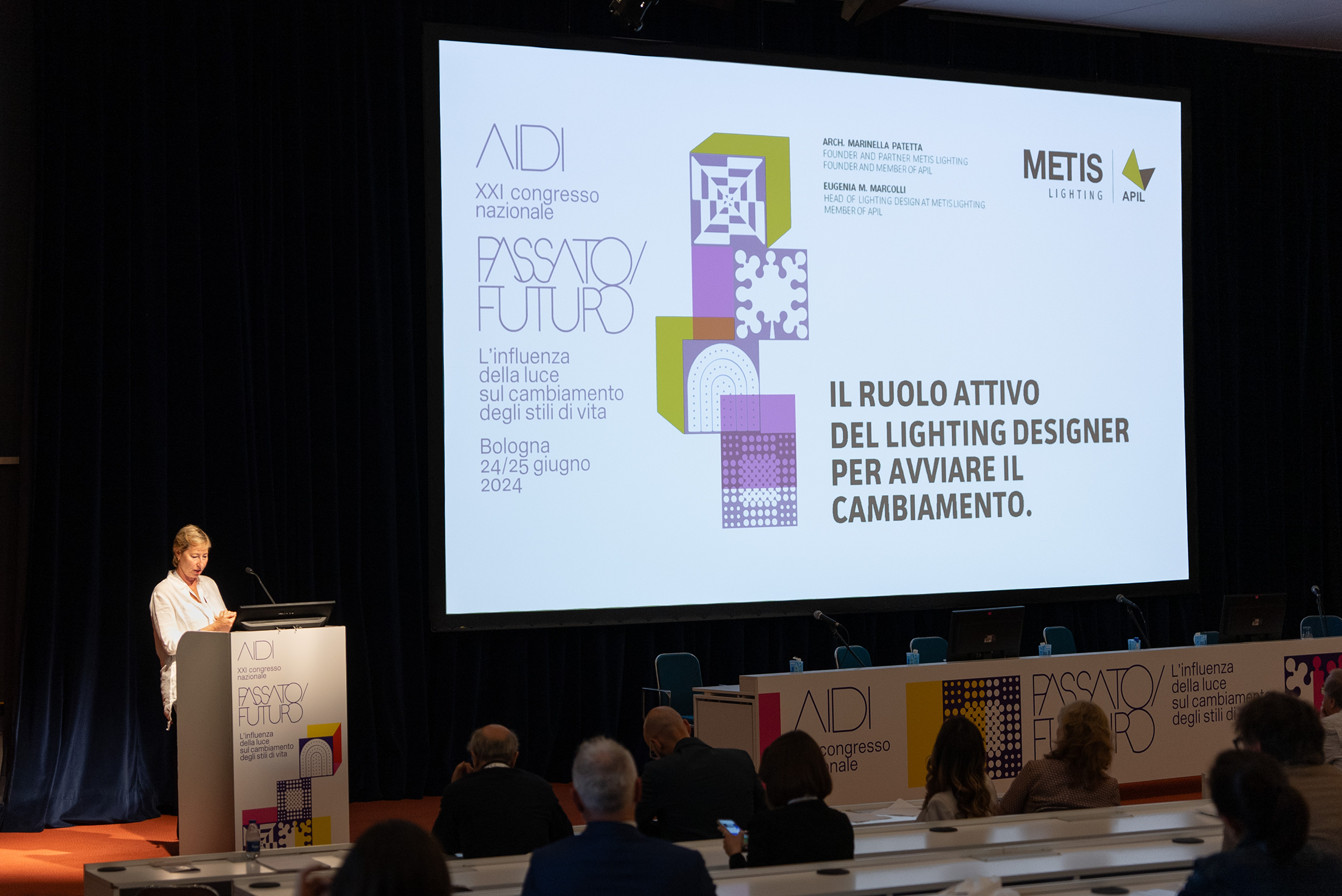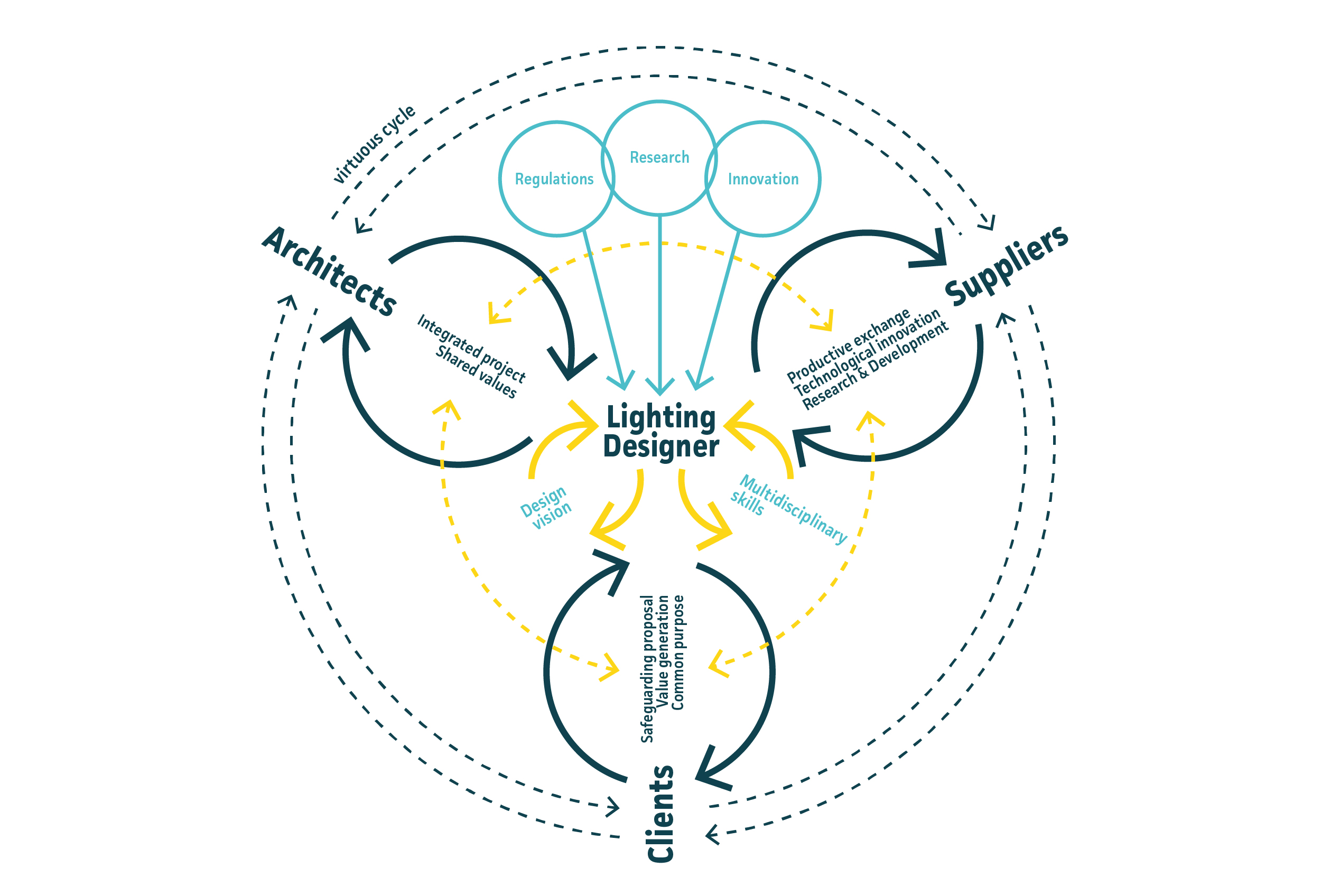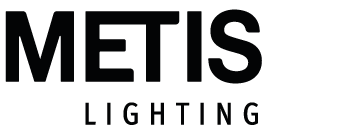
Attention to nature in lighting design as a competitive advantage: the active role of the lighting designer to drive change.
October 28th, 2024
Today we would like to share a central reflection for us, which we discussed with the audience of the last National AIDI Congress in Bologna, on the importance and centrality of the role of the Lighting Designer as a competent and informed professional for the promotion of greater sensitivity in the field of environmental sustainability, even in the absence of regulatory constraints.
In a complete and integrated design process, attention to nature and related issues pertain to all aspects of the architectural and lighting design, whether concerning interiors (energy saving) or exteriors (attention to ecosystems, control of light pollution). In recent years, we all know well how several studies have highlighted the negative influence that incompetent artificial light design has on maintaining in health existing ecosystems and their physiological habits.
The Lighting Designer can act as a central active player, promoter of a conscious, nature-centric and innovative design vision.
As a multidisciplinary figure, he is capable of creating connections between those who design and those who realise thanks to a deep knowledge and understanding of architecture and design, regulations, research, and collaboration with the most innovative manufacturers of devices and technologies in the sector.
Although a growing sensitivity towards environmental issues among professionals in the sector, an authentic collective consciousness that involves all actors in the supply chain remains a goal to be achieved. In the constellation of information, discoveries, regulations and devices, it is therefore necessary to advocate for an “enlightened” consciousness to promote a critical and programmatic vision that could lead towards conscious design. As Lighting Designers, we advocate for an open, collaborative and cooperative approach: we believe that knowledge should be shared and that change is only possible through active participation.
Our complete intervention can be read in Italian in the document attached here below.


